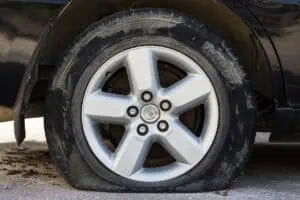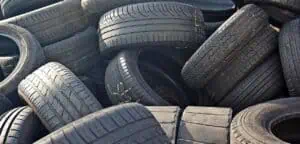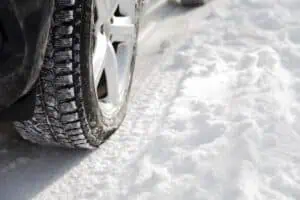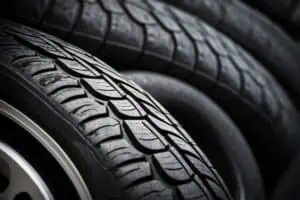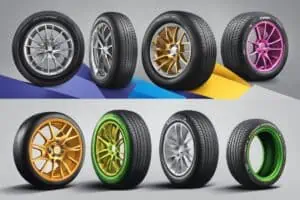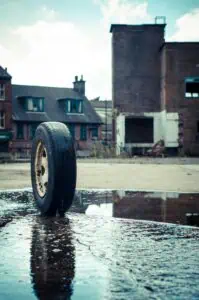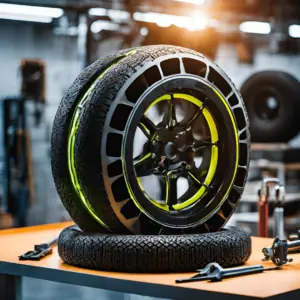Ever wondered why some tires seem to whisper along the road while others roar? Be prepared to uncover the science in quiet tires and the secrets behind their hushed performance. Tag along as we later then explore the materials, design, and science that contribute to a peaceful ride.
The Anatomy of a Quiet Tire
1. Material Matters: The Rubber Compound
When it comes to quiet tires, what’s on the inside counts just as much as what’s on the outside. The rubber compound used in tire construction plays a crucial role in noise reduction. Here’s what we’ve learned from our experience:
- Softer rubber compounds tend to absorb more vibrations, resulting in less noise.
- Advanced silica compounds have shown promising results in reducing road noise while maintaining other performance characteristics.
- Some manufacturers are experimenting with foam inserts or noise-absorbing layers within the tire structure.
Think of the tire’s rubber compound as a sound dampener – the right mix can significantly muffle the noise before it even has a chance to reach your ears.
2. Tread Design: The Art of Noise Reduction
The tread pattern is like the tire’s fingerprint – unique and highly influential in its performance. When it comes to noise reduction, tread design is a game-changer. Here’s what to look for:
- Asymmetrical and variable pitch tread patterns help break up noise patterns, reducing overall sound levels.
- Circumferential grooves can channel air and sound waves, minimizing noise generation.
- Smaller tread blocks generally produce less noise than larger ones.
Imagine the tread pattern as a complex musical instrument. The goal is to create a design that plays the quietest tune possible while still hitting all the right notes in terms of performance and safety.
3. The Pressure’s On: Impact of Tire Inflation
Believe it or not, something as simple as tire pressure can have a significant impact on noise levels. Here’s what we’ve observed:
- Underinflated tires tend to produce more noise due to increased rolling resistance and tread deformation.
- Overinflated tires can create a harder ride, potentially increasing road noise transmission.
- Maintaining the manufacturer’s recommended tire pressure is crucial for optimal noise performance.
Think of your tire as a drum – too loose, and it’ll make more noise; too tight, and the vibrations become more pronounced. The right pressure keeps the beat just right.
The Science of Sound: Waves and Surfaces
Understanding how sound waves interact with different surfaces is key to grasping why some tires are quieter than others. Let’s break it down:
- Sound waves are created when the tire deforms as it contacts the road surface.
- These waves are then amplified by the tire’s hollow structure, much like how a speaker works.
- Different road surfaces can dramatically affect noise levels – smoother surfaces generally result in less noise.
Tire engineers are essentially sound designers, working to minimize the creation and amplification of these waves through clever design and material choices.
Technological Advancements: The Quiet Revolution
The tire industry hasn’t been sitting idle when it comes to noise reduction. Here are some exciting advancements we’ve seen:
- Noise-canceling technology: Some tires now feature built-in resonators that help cancel out specific frequencies of road noise.
- Advanced computer modeling: Manufacturers are using sophisticated simulations to predict and minimize noise generation before a tire is even produced.
- Run-flat technology: While primarily a safety feature, some run-flat tires have shown improved noise characteristics due to their reinforced sidewalls.
These innovations are like having a high-tech muffler built right into your tire, working tirelessly to keep your ride quiet.
Practical Tips: Choosing and Maintaining Quiet Tires
Now that we’ve explored the science, let’s get down to the practical stuff. Here’s how you can ensure a quieter ride:
- Read reviews and ratings: Look for tires that specifically mention low noise levels in their features.
- Consider your vehicle type: Some tires are designed to be quieter on specific types of vehicles.
- Check the UTQG rating: Tires with higher treadwear ratings often maintain their quiet performance longer.
- Rotate regularly: Even wear helps maintain consistent noise levels across all tires.
- Align and balance: Proper alignment and balancing prevent uneven wear that can increase noise.
- Replace in pairs or sets: Mixing tire types or wear levels can create uneven noise patterns.
Remember, choosing the right tire is like picking the perfect dance partner for your car – it should move smoothly and quietly across the floor (or in this case, the road).
The Bottom Line
While the quest for the perfectly quiet tire continues, understanding these principles can help you make informed decisions for a more peaceful ride. Whether you’re cruising down the highway or navigating city streets, the right set of quiet tires can transform your driving experience.
So, the next time you’re in the market for new tires, take a moment to consider the science of silence. Your long road trips and passengers within will thank you for it!


